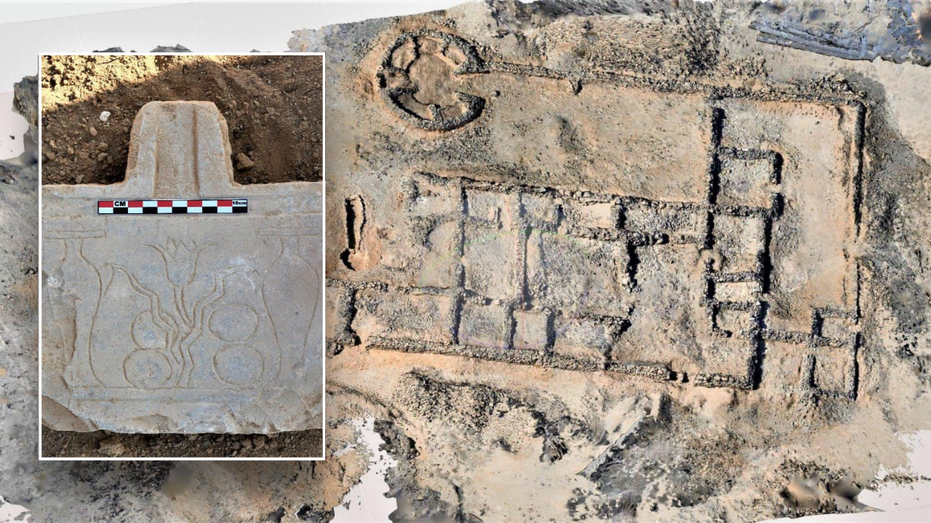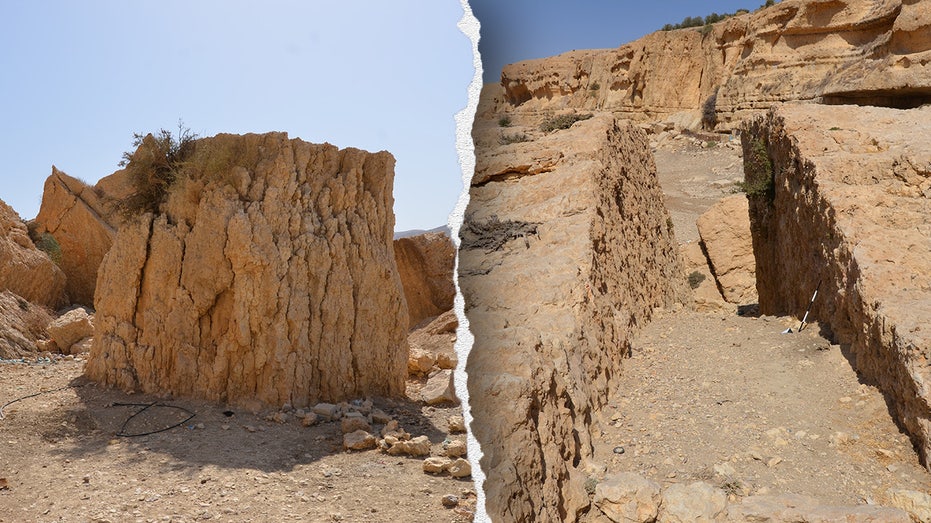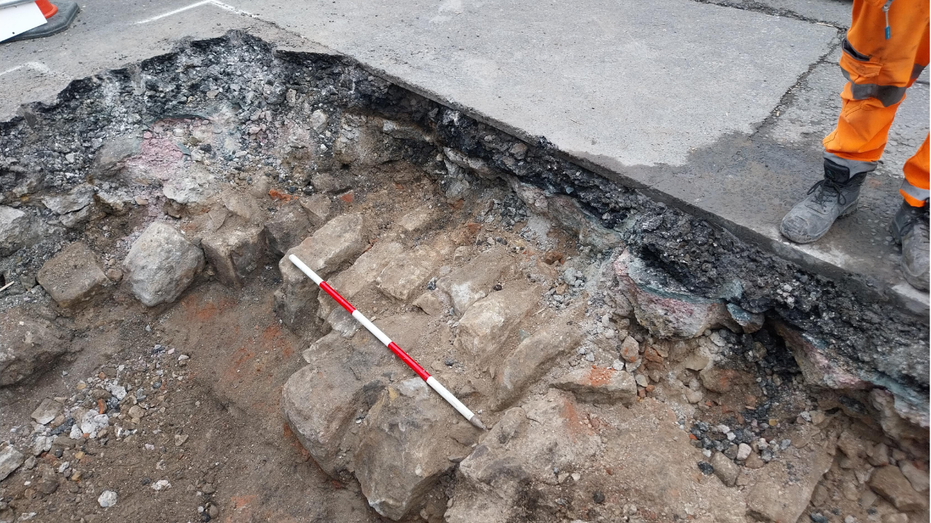Archaeologists Uncover Treasures from 3,000-Year-Old Gold Mine in Egypt That Reveal Historical Secrets

Sarah Johnson
March 3, 2025
Brief
Egyptian archaeologists uncovered a 3,000-year-old gold mining complex at Jabal Sukari, revealing ancient extraction techniques, artifacts, and insight into miners’ daily, social, and religious life.
Egyptian archaeologists have struck historical gold—literally. A 3,000-year-old mining complex has been unearthed in Jabal Sukari, located southwest of Marsa Alam in Egypt’s Red Sea Governorate. The discovery includes a wealth of ancient structures and artifacts, shedding light on the lives of miners and their methods for extracting gold.
According to the Egyptian Ministry of Tourism and Antiquities, the excavation revealed the remains of an entire mining camp, complete with homes, workshops, and even baths. Officials noted that the site included a "complete factory for extracting gold from quartz veins," showcasing advanced techniques such as crushing, grinding, and smelting quartz stone to extract the precious metal.
In addition to the industrial remains, archaeologists uncovered living quarters for miners, places of worship, administrative buildings, Ptolemaic baths, and architectural elements spanning the Roman and Islamic eras. Talk about a historical jackpot—this site is a treasure trove of Egypt’s layered history.
The team also discovered 628 ostraca, or pottery and stone fragments, inscribed with hieroglyphic, demotic, and Greek scripts. These fragments offer a glimpse into the communication and documentation practices of the time.
Further finds included Ptolemaic-era bronze coins, terracotta statues from the Greco-Roman period, and small stone statues of deities like Bastet and Harpocrates. Five offering tables and a variety of pottery vessels for daily use, perfumes, medicines, and incense were also unearthed. Jewelry enthusiasts, take note—a collection of gemstone beads and decorative shell tools was among the discoveries.
The site is located near the modern Sukari Gold Mine, which opened in 2009. To protect these priceless artifacts, officials have relocated them to a safe area, away from modern mining activities.
Secretary-General of the Supreme Council of Antiquities highlighted the importance of this project, noting that it provides insight into ancient Egyptian gold-mining techniques and the social, religious, and economic life of the miners. Minister of Tourism and Antiquities Sherif Fathy also expressed excitement, emphasizing that the discoveries "reveal the historical secrets of this area" and align with Egypt’s efforts to preserve its cultural heritage while pursuing economic development.
This is just the latest in a series of stunning discoveries in Egypt this year. In February, archaeologists uncovered the long-lost tomb of King Thutmose II, marking the first royal tomb discovery since 1922. And in January, the tomb of Teti Neb Fu, a physician who treated ancient pharaohs, was also found. Clearly, Egypt’s sands are far from running out of secrets.
Topics
Editor's Comments
This discovery is like peeling back the layers of a historical onion—every turn reveals something juicier. From industrial gold extraction to personal living spaces and even ancient doodles on ostraca (basically ancient Post-It Notes), it’s incredible how much life was bustling in the desert thousands of years ago. Also, can we take a moment to marvel at how advanced their techniques were? Crushing, grinding, filtration—it’s like the ancient Egyptians were running a high-tech startup, minus the Wi-Fi.
Like this article? Share it with your friends!
If you find this article interesting, feel free to share it with your friends!
Thank you for your support! Sharing is the greatest encouragement for us.



